40 survey rating scale labels
Rating Scales in UX Research: Likert or Semantic Differential? Jun 07, 2020 · The most common application of rating-scale questions is, of course, in surveys. However, rating-scale questions are also often administered in quantitative usability tests. The attitudinal data produced from rating-scale questions helps us understand how users perceive our product or service, in addition to how they performed a given task. Which Rating Scales Should I Use? - Relevant Insights Semantic Differential Scale: A 7-point rating scale with endpoints associated with bipolar labels that have semantic meaning (e.g., bipolar adjectives like "friendly" and "unfriendly"). Variations of the Likert and Semantic Differential scales abound.
Your Guide to Rating Scale Questions in 2022 - Qualtrics What is a rating scale? A rating scale is a type of survey question that uses closed questions, when gaining information from a respondent. ... In practice, this means the response options for a satisfaction question your Likert scale labels should look like this: If you're dealing with an idea or construct that ranges from zero to positive ...
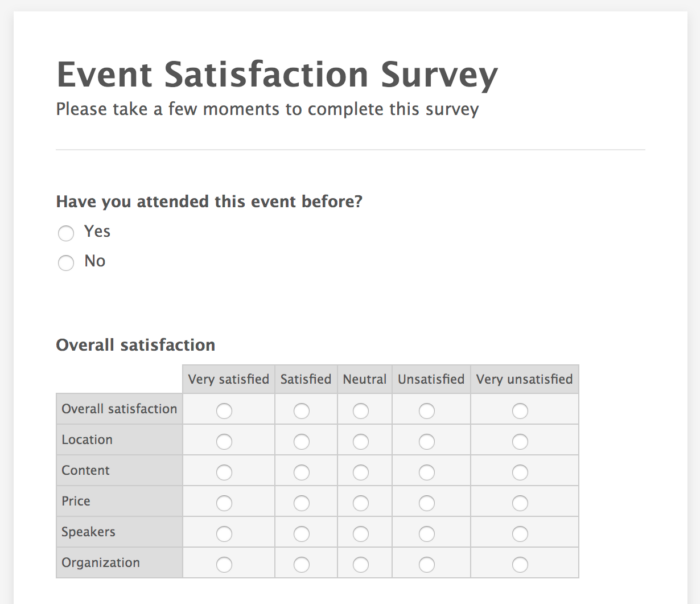
Survey rating scale labels
Survey rating scales: numbered vs worded lists | SurveyMonkey With worded labels, the researcher has the freedom to score and label categories however they feel without confusing the respondent. Scaling can also be unbalanced, and the scoring could look something like this: Extremely Good = 10 Very Good = 8 Good = 6 Not Bad = 5 Bad = 3 The Worst = 0 Managing Survey Rating Scales (Manage Scales option) Creating a New Scale. Click the Add Scale button to create a new scale. Here you can give your scale a name - this is used when creating a rating scale on a new survey and so it should be meaningful. Next select the size of scale. Currently you can choose from 4, 5, 10 and 11 point scales. Others may be available in the future and if you have ... Rating Scale: Definition, Survey Question Types and Examples Rating Scale Definition Rating scale is defined as a closed-ended survey questionused to represent respondent feedback in a comparative form for specific particular features/products/services. It is one of the most established question types for online and offline surveys where survey respondents are expected to rate an attribute or feature.
Survey rating scale labels. Survey rating scales 1-5: Understand your audience better Businesses use survey rating scales to gather information about satisfaction levels, frequency of use, loyalty, and other customer data. Rating scales allow you to compare customer response data to determine which of your products and services are most effective. This data is essential for making informed business decisions across all departments. Sample Likert Scales - Marquette University 1 - Never. 2 - Rarely, in less than 10% of the chances when I could have. 3 - Occasionally, in about 30% of the. chances when I could have. 4 - Sometimes, in about 50% of the chances when I could have. 5 - Frequently, in about 70% of the. chances when I could have. 6 - Usually, in about 90% of the chances I could have. 12 Tips for Writing Survey Answers - KwikSurveys Likert scale questions: Numbered scales are used to find out how respondents feel about a question or statement (e.g. ‘Not at all likely to recommend’ to ‘Very likely to recommend’). Rating questions: Ratings can come in many forms, from star ratings to emoticons (e.g. smiley faces, thumbs, or hearts). Demographic survey questions: 20 Free Ready-Made Survey Rating Scale Examples - AidaForm Multiple Rating Matrix This type of rating scale is very widely used in online surveys. It looks like a compact version of four Linear Numeric Scales put together. Please rate your attitude towards each of the brands 1 - not at all favorable, 7 - extremely favorable, N/A - I do not know the brand 1 2 3 4 5 6 7 N/A Starbucks Pizza Hut AidaForm
Your Guide to Rating Scale Questions in 2022 - Qualtrics Jan 15, 2021 · What is a rating scale? A rating scale is a type of survey question that uses closed questions, when gaining information from a respondent. ... In practice, this means the response options for a satisfaction question your Likert scale labels should look like this: If you’re dealing with an idea or construct that ranges from zero to positive ... How to analyze Likert and other rating scale data - ScienceDirect Nov 01, 2015 · When anchors or labels are only provided at the extremes, these can be called numerical rating scales (Fig. 1B). Fully anchored rating scales represent the situation when an anchor is provided for each numerical option (Fig. 1C). An individual Likert item could be viewed as a specific instance of a fully anchored rating scale where the anchors ... What is a Likert Scale Survey Question & How to Use It Apr 24, 2012 · As with all other rating and scale questions, we encourage you not to mix scales within your surveys. Choose a particular scale (3 point, 5 point, 7 point, etc.) and use it as your standard through the survey. This will cut down on potential confusion and reduce survey fatigue. It also allows for accurate comparisons within and between your ... Three Tips for Effectively Designing Rating Scales - KAJIDATA Labels are key to avoiding ambiguity and respondent confusion. This means that partially labeled scales may not perform as well as a fully labeled scale and that numbers should only be used for scales collecting numeric data (not rating scales). Fully labeled scales have been shown to produce more reliable and valid data 6. Krosnick & Fabrigar ...
Star Rating Question | SurveyMonkey Drag and drop Star Rating into your survey from the BUILDER section of the sidebar. Enter your question text. Adjust the settings under the Edit and Options tab. Click Save. Question Settings Under the Edit tab, you can adjust the following settings specific to the Star Rating question. Colors Choice of rating scale labels: implication for minimizing patient ... Loading the rating scale with more positive labels appears to be a useful strategy for reducing the ceiling effect and increases the discrimination ability of survey responses. Conclusions: The current research provides a survey design strategy to minimize ceiling effects. Survey Items Should Include A Neutral Response: Agree, Disagree ... Apr 19, 2011 · For single item analysis, I have data from 484 users who attempted tasks across various websites and consumer and business software using the Single Ease Question (SEQ)–a 7-point rating scale with a neutral option. On average only 9% of users selected the neutral point (shown in the graph below). Matrix/Rating Scale Question | SurveyMonkey To add this question type: Drag and drop Matrix/Rating Scale into your survey from the BUILDER section of the sidebar. In the Rows fields, enter the items you want respondents to evaluate. In the Columns fields, enter the measurements you want respondents to use to evaluate the row items. Column choices should be applicable to every row item.
How to Label Response Scale Points in Your Survey | Qualtrics Finally, to ensure that you get the highest-quality data possible, keep these four guidelines in mind as you practice labeling response scales: Ensure each scale point is verbally labeled; Use response options that correspond to the subject of the question; Use consistent language across the entire response scale; Use balanced scales
Survey Rating Scales - Voxco Rating scales allow survey responses to be analysed using quantitative scales. Opinions and behaviors can be measured on a scale, in order to extract constructive information from surveys. Without good survey rating scales, the information collected can contain biases, impacting survey results negatively. See what our clients say about Voxco
Survey rating scales—types and examples - SurveyMonkey Graphic scales are often used to evaluate staff performance. They're typically depicted in a table or matrix, with a list of qualities or traits down the left-hand column, and a series of rating options along the top row. The rating options can either be numbers, such as 1 to 5, or series of worded categories.
Rating Scales lists and examples from HR-Survey.com Measures of Quality. Measures of Effectiveness. Measures of Skill Level. All Scales. Scales with 4 or fewer Points. 5-Points Scales. 6-Points Scales. 7 or more Points. Hide Example Items.
How to Add a Rating Scale Question - SoGoSurvey The Rating Scale question type asks a participant to choose a certain value along a continuum, such as level of agreement or satisfaction. To add a Rating Scale question to your survey, drag and drop the question type from the panel on the left to the correct spot on the right. Choose to add labels at anchor points or at every level, as needed.
Survey Response Scales: How to Choose the Right One - CXL Aug 17, 2019 · How you design a survey or a form will affect the answers you get. This includes the language you use, the order of the questions, and, of course, the survey scale: the default values and ranges you use. Survey response scales can be embedded in the survey (e.g., 1–5, 1–10, etc.), chosen via a drop-down menu, or included as part of the survey language.
15 Common Rating Scales Explained - MeasuringU Here are 15 scales, in roughly the order of most to least commonly used. 1. Linear Numeric Scale In a linear numeric scale, participants provide some numeric response to a question or statement. This can include things like satisfaction, ease, brand favorability, feature importance, or likelihood to recommend.
Survey Response Scales: How to Choose the Right One | CXL Survey response scales can be embedded in the survey (e.g., 1-5, 1-10, etc.), chosen via a drop-down menu, or included as part of the survey language. No matter how you choose to display the scale, the default ranges affect the precision of your data. For example, if a survey asks your age, a default range of 20-25 instead of 20-30 has ...
20 Ready-Made Survey Rating Scales Examples to Use Free of Charge This type of rating scale is very widely used for online surveys. It looks like a compact version of 4 Linear Numeric Scales put together. Please rate you attitude towards each of the brands 1 - not at all favorable, 7 - extremely favorable, N/A - I do not know the brand 1 2 3 4 5 6 7 N/A Starbucks Pizza Hut AidaForm Dodo Pizza 6. Frequency Scales
Rating-Scale Labeling in Online Surveys: An Experimental Comparison of ... For an online setting and a frequency rating scale, Menold and Kemper (2015) show that numeric rating scales as well as a combination of verbal and numeric labels in a rating scale led to low measurement quality. However, more insights are needed with respect to both the cognitive processes and the combination of verbal and numeric labels in a ...
Survey Scale: Definitions, Types + [Question Examples] Types of Rating Scales . Graphic Rating Scale; In a graphic rating scale, the answer options provided are placed on a scale of 1-3, 1-5, and so on. Respondents can choose an option on the scale that reflects their rating for a specific assertion in the data collection context. A good example of this type of rating scale is the Likert scale.
PDF Typical Survey Response Scales - STLHE n Bipolar scales (Disagree to Agree) have a maximum reliability and validity at 7 points whereas unipolar scales (e.g., Not True at all to Completely True) have a maximum reliability and validity at 5 points (Krosnick & Fabrigar, 2003) n Numeric labels seem to increase confusion rather than verbal labels (Krosnick & Fabrigar, 2003)
Survey Rating Scales to Guide Survey Respondents Effectively Every survey rating scale option is labelled with words, so the meaning is clear Every option is relevant to the question Language is consistent throughout the whole survey Use scales that balance well (have the same number of options on each side) Consider providing a "Don't know" option or "Prefer not to answer" option
Rating Scales - SurveyMaster360 Rating scale formats used in surveys vary depending on the type of question being asked. An answer type can be as simple as a choice between "Yes" or "No" or "True" or "False". More complex rating scales provide multiple response options quite often using a Likert scale.
Stop Debating the Survey Question Scale: Why a 0-10 Scale is … Jan 10, 2017 · Using a 5-pt scale, scores tend to cluster around 3 and 4 (and there’s a huge difference in most peoples’ minds between a 3 and 4 on a 5-pt scale) so it’s difficult to discern the true drivers. In the customer’s mind, there’s a difference between a rating of 6 and a rating of 7 (for example) that you can’t capture on a 5-pt scale.
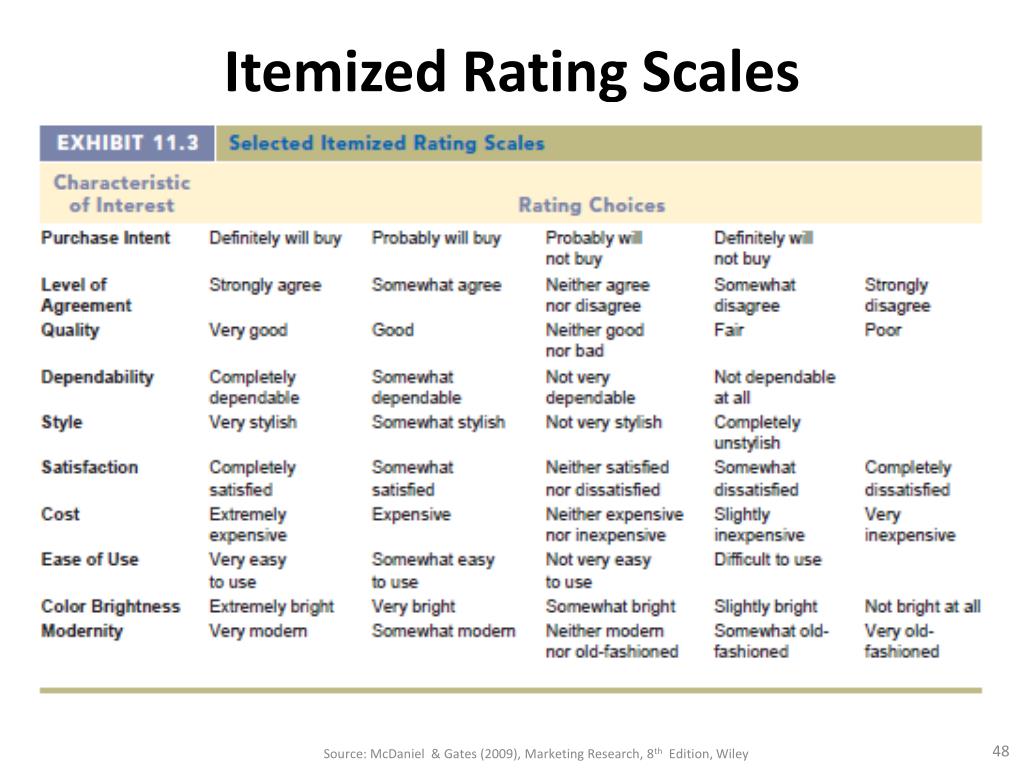


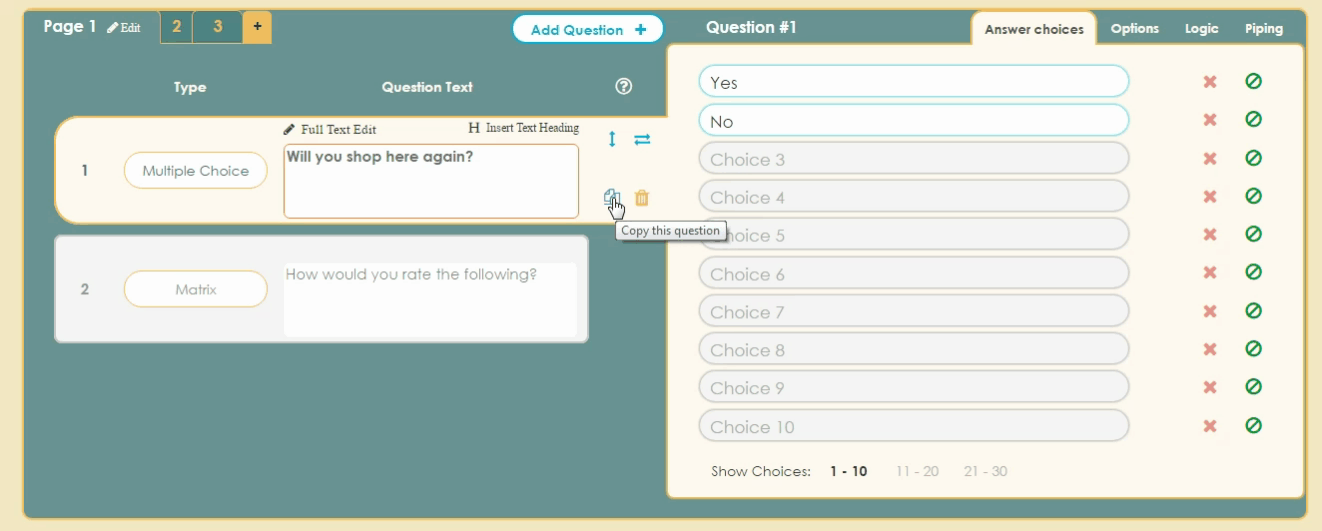
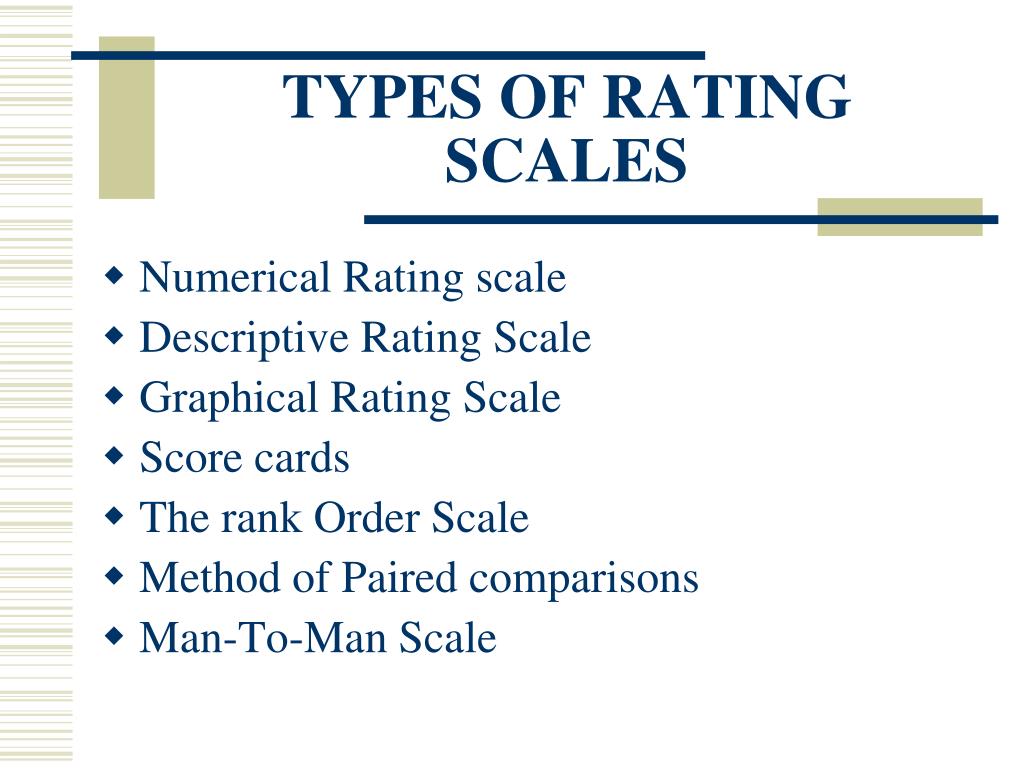


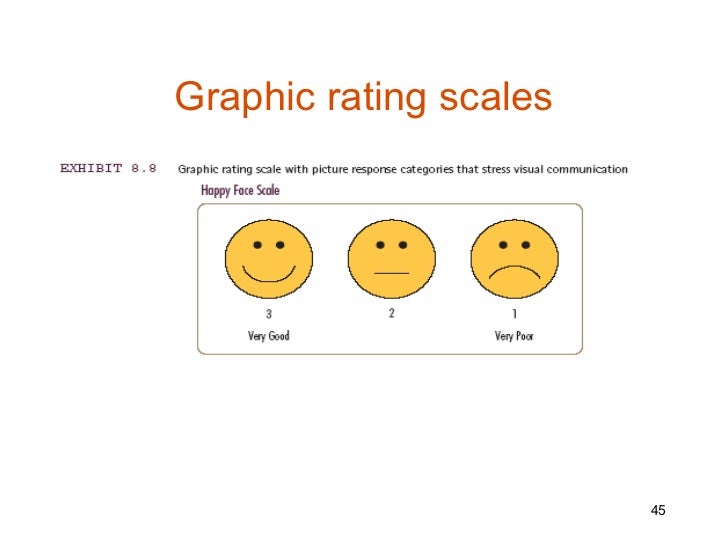

Post a Comment for "40 survey rating scale labels"